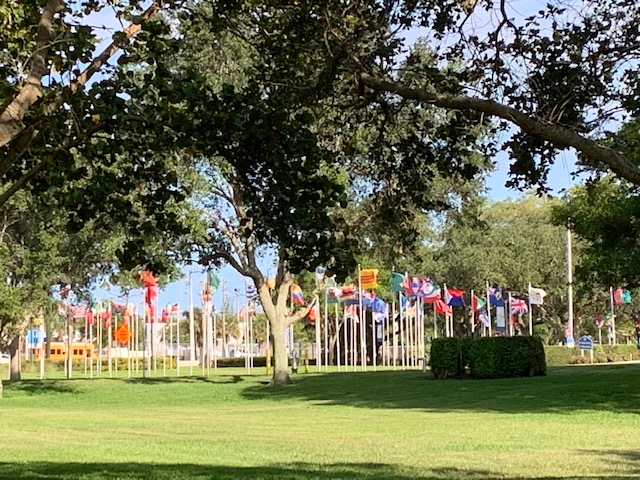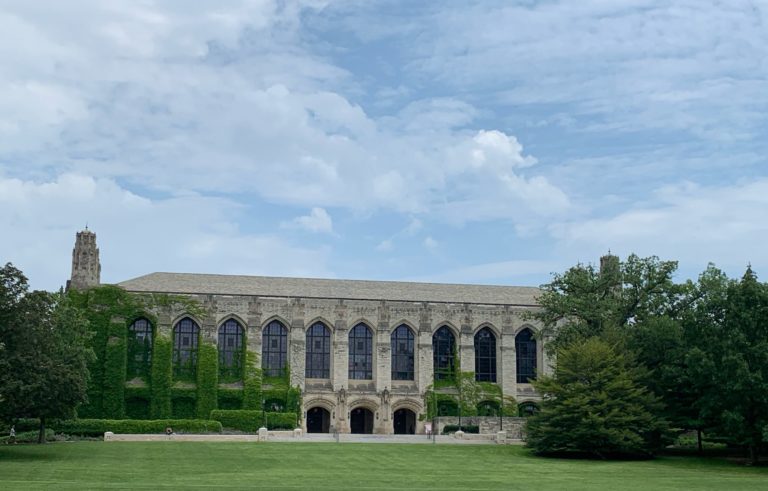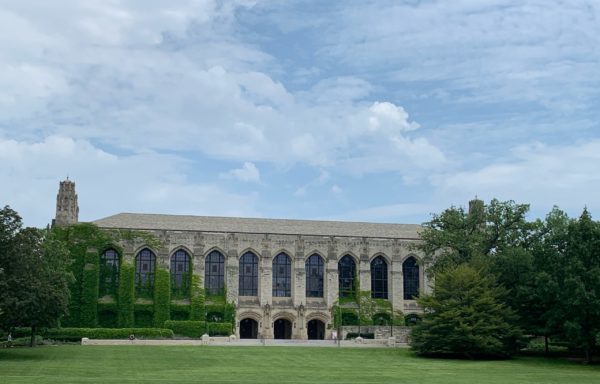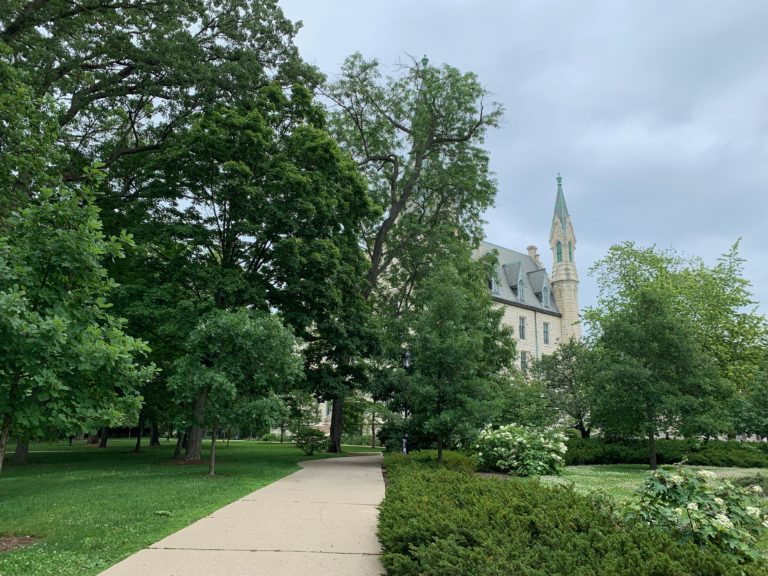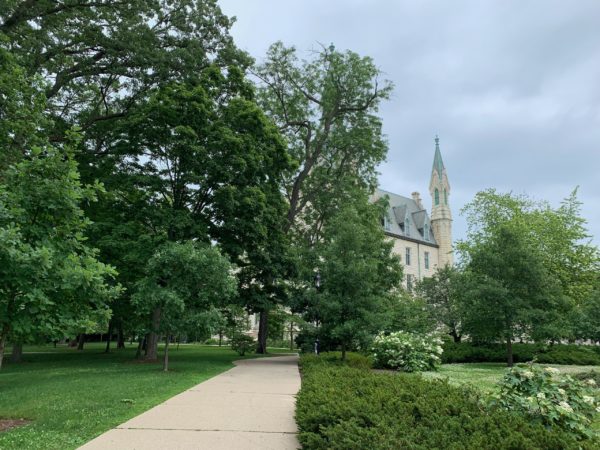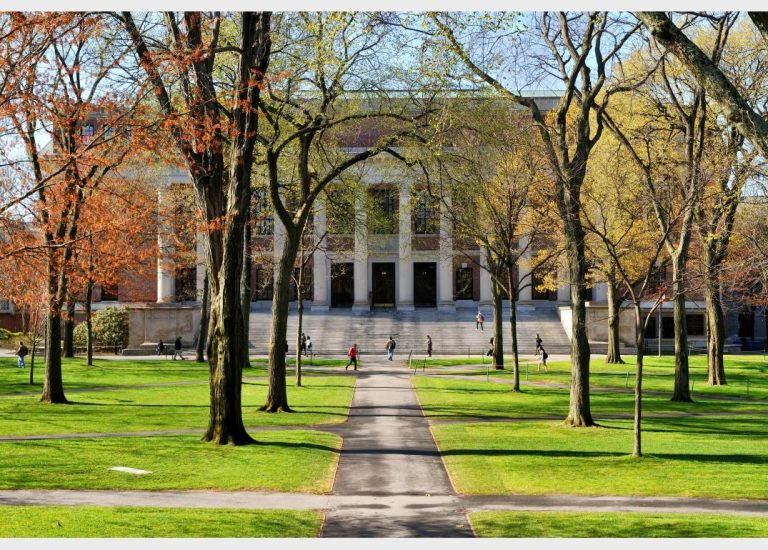College Admission Outcomes: A Case Study
Last Updated on November 20, 2024 by Jill Schwitzgebel
So I know that I spend a lot of time reminding readers that there are hundreds and hundreds of colleges where students can get a great education. I regularly explain that applying to an Ivy league college, or any college that admits less than 15 or even 20% of applicants is playing the lottery – even for the highest achieving students. And I am NOT here to discourage students from applying to those colleges. Honestly, if a tippy-top student applies to enough of them, they may likely be admitted to one of them. But, families are likely to be shocked by the hit or miss nature of those college admission outcomes.
Outside of the Ivies, those highly selective colleges often do not provide the same level of financial aid, making them very expensive for some families. Merit aid (institutional scholarship money) is rare at these schools, because every admitted student is amazingly qualified. This can make those colleges out of reach financially for students in upper middle income brackets.

The soon-to-be-college applicant came to me with a sophomore spring ACT score of 31. Impressive! Based on that score, as well as their fall PSAT score, there was some hope that perhaps this student would be a contender for National Merit Finalist, which is based on the PSAT score from high school junior year. When the student admitted that they would not be disciplined enough to practice for the PSAT on their own, I suggested a tutor, to help them prep. I pointed out that the tutor could also potentially help them to raise their ACT score, which could give them more options too. So, beginning in August, as the school year began, they began working almost weekly with a tutor, in preparation for the October PSAT, the October SAT, as well as the December ACT. (I had recommended against taking the October ACT, as the SAT requires a little different strategy than the ACT, and I wanted to be sure the student would not confuse strategies.)
The results? The student came close, but just missed the cutoff for National Merit. Their SAT was strong, with a 1400. However, the ACT was a better test for this student. The student went on to score a 34 on the December ACT test during their junior year. Combined with the student’s 3.8 unweighted GPA, taking a fairly rigorous curriculum (8 AP classes, all with scores of 4 or 5, plus Calculus, by graduation), they were in a great position to apply to some fairly competitive colleges. Their biggest relative “weakness” is that even with that GPA, they were not in the Top 10% of their class, at a high school that still calculated class rank. Obviously, it was a very competitive high school, and serves to illustrate why I am not a fan of class rank – at other schools, this student might have been valedictorian! This is one reason that it is so important that a high school profile accompanies an application to put the student’s achievements into perspective for a college that may be unfamiliar with the high school.
In addition to the above statistics, the student had some very solid extracurricular activities, with strong leadership, on their high school resume. Their essay was well-written and original, and supported the rest of the application pretty well. While I did not see the teacher recommendations, the teachers asked to write them were thoughtfully chosen, and I have no reason to think that they would not have been strong.
Narrowing the List
The student had begun doing some college visits, prior to junior year, just to get a feel for what type of atmosphere they preferred. After a couple of visits, they immediately realized that they did NOT like the feel of a large state university. They really liked the feel of a smaller, residential campus, but they did not like TOO small. They also strongly preferred to have access to a city nearby. The student had also begun to focus on a major in something like International Relations. So now, combined with the academic information above, we had a LOT of information available to begin really narrowing down the list.
The family had a budget in mind and had been upfront with their student about what they would pay, which was about the cost of tuition + room/board at a more expensive public flagship, in-state. The family’s estimated costs far exceeded what the family felt that they could afford. Having that parameter was helpful, because it meant that I could eliminate many colleges that were likely to come in at a much higher cost, even if the student got admitted, due to probable lack of merit aid. These were mostly the colleges that would admit fewer than 15-20% of applicants, where the student would definitely be competitive for admission, but where the financial odds were not in their favor. Ivies were still “in play” financially and academically, but the student made a deliberate decision that they did not wish to apply to any, for various reasons.
The Final Application List
The challenge for me as I helped the student with their list, was that many of the colleges where the student was most likely to receive merit aid, and had the atmosphere preferred by the student, were not near cities. The student also tended to like medium-sized schools (between 5-10K students, was the sweet spot), of which there are relatively few which fit all of the other parameters. This is not an exhaustive list of all the colleges that the student visited. If you find yourself thinking, “But what about XYZ College?” as you read through the list, know that it was likely considered at some point during the process. Many contenders were eliminated after a visit. But here is what the final list looked like, along with a summary of outcomes:
- American University – Waitlisted. This was a bit of a surprise to all of us. And beyond that, it was the student’s favorite school, so it was a huge disappointment. HOWEVER, I had also warned the student that it was unlikely to be within the family budget, even if admitted. So perhaps the waitlist decision made things easier. The student chose not to accept a spot on the waitlist, and moved on.
- Brandeis University – Waitlisted. This was not a huge disappointment or even a surprise, really. The student had not visited, nor really expressed much interest, and the college was mostly on the list due to size, reputation, and proximity to Boston. Student forgot to decline spot on the waitlist and was later offered admission, but declined.
- College of Wooster – Admitted with a large merit scholarship, bringing it within budget and making it affordable. Student had visited and declared it “the most college-y college campus” of all the schools they saw, which was a major reason it stayed on the list. Drawback was that the student did not like the small town, rural setting.
- University of Denver – Admitted with their largest scholarship. This made the school one of the most affordable on the list, and a great contender. If the decision had been up to me, based on all the information I had from the student, this is the school where I would have had them accept an offer.
- Dickinson College – Admitted, with their largest scholarship. However, it still was fairly expensive, keeping it out of budget. It had gone on the list because of some of the programs that were offered in the student’s intended major, though again, the student did not consider the rural location to be ideal. The student liked the semester in Washington DC program that the college offered.
- Eckerd College – Admitted, with their largest scholarship, making it among the most affordable on the list. This school made the list initially, because it is located near a small city and I knew that merit aid was likely to be generous . Beyond that, a Diplomat in Residence program and large Study Abroad program made it appealing to a potential International Relations major.
- University of Miami – Admitted, with President’s scholarship (their highest dollar non-premier scholarship). The medium-sized college and the location within the Miami area was a huge draw. Downside to UMiami was the student felt they didn’t emphasize study abroad opportunities and even with scholarship, the price was still high for the family.
- Occidental College – Admitted with a relatively small merit scholarship, which was not nearly enough to entice the student, though the ability to spend a semester working on a presidential campaign was appealing. Student had visited and felt that they could get the same educational opportunities at some of the other schools of similar size, on their list, which were ultimately, within budget.
- University of Puget Sound – Admitted, with another nice merit scholarship. This was a competitive offer, within the family budget. It made the application list due to location, and because the student liked the vibe of the other CTCL colleges that they had visited. However, the family never visited this school, in person.
While we were mainly targeting schools where we knew the student was most likely to get good merit aid and financial aid packages, I was honestly a bit surprised that the student was both admitted and offered merit aid at every school to which they applied (minus American). Additionally, you should know that this student applied in the Early Admissions round whenever that was an option, though obviously did not apply Early Decision anywhere.
For privacy, I will not disclose where the student chose to attend. I will say that the choice surprised all of us, and it was a completely different choice than what the student had indicated in the fall when they applied! I see this scenario play out frequently – just because your teen loves a school in October of their senior year, does not mean they will still feel the same by March.
Throughout the process, the student’s parents did have a pang or two of regret, as they realized that there were four-year public college options that would have been quite literally free for their student. But, to their credit, beyond mentioning that possibility to their teen at the very beginning, they supported their student’s choice.

